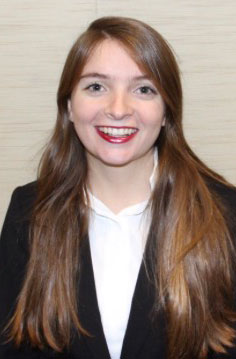
Alyssa Doyle, ECS membership intern
My name is Alyssa Doyle, and I had the privilege of interning with The Electrochemical Society’s Membership Services Department for a semester. When I first began my internship in August of 2017, I wasn’t sure exactly what to expect. I wasn’t all that familiar with nonprofit operations, and as a junior English major at The College of New Jersey, I knew practically nothing about electrochemistry. I’m going to be honest—I was quite nervous, but I was also incredibly excited by the prospect of acquiring knowledge about an entirely new subject.
From the moment I arrived, I was quickly immersed in ECS’s mission and culture. I learned a lot about ECS’s Free the Science campaign, and as a student who is interested in publishing, I was intrigued by the possibility of open access. When I first heard about the initiative, I deeply admired ECS for their desire to provide free research to people across the world with the hopes of increasing the sustainability of the planet—I still do, but now even more so.
Throughout my internship, I worked on various rewarding, engaging, and meaningful projects—there’s no getting coffee here. Instead, I had the chance to write blog posts about award winners and upcoming ECS meetings and events, and I was able to participate in the preparation for the 232nd ECS Meeting in National Harbor by completing mini projects, such as creating volunteer schedules, confirming registrants, and writing bios for speakers. I also had the opportunity to work on longer projects as well by maintaining contact with ECS’s 67 student chapters and creating a list of prospective employers to reach out to about ECS’s Career Expo. Even within the last week at my internship, I put together a timeline of the Edward Acheson Award and had the chance to read through Transactions of the American Electrochemical Society from 1903 onward. Each project was incredibly fascinating, and I started each day ready to tackle a new task.
(more…)
 Each year ECS provides for and facilitates the use of thousands of dollars to support students and early career researchers in efforts to advance electrochemistry and solid state science.
Each year ECS provides for and facilitates the use of thousands of dollars to support students and early career researchers in efforts to advance electrochemistry and solid state science.

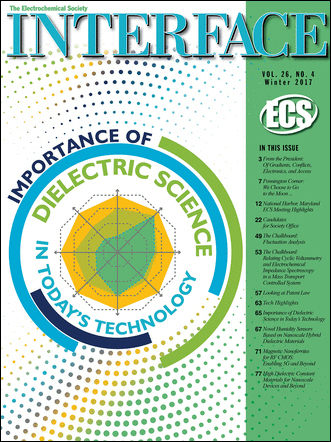
 Nitrogen-doped carbon nanotubes or modified graphene nanoribbons could be effective, less costly replacements for expensive platinum in fuel cells, according to a new study.
Nitrogen-doped carbon nanotubes or modified graphene nanoribbons could be effective, less costly replacements for expensive platinum in fuel cells, according to a new study.
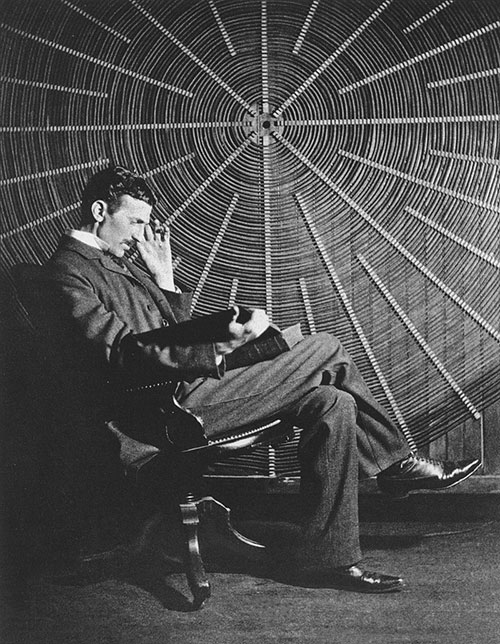 Match the following figures – Albert Einstein, Thomas Edison, Guglielmo Marconi, Alfred Nobel and Nikola Tesla – with these biographical facts:
Match the following figures – Albert Einstein, Thomas Edison, Guglielmo Marconi, Alfred Nobel and Nikola Tesla – with these biographical facts: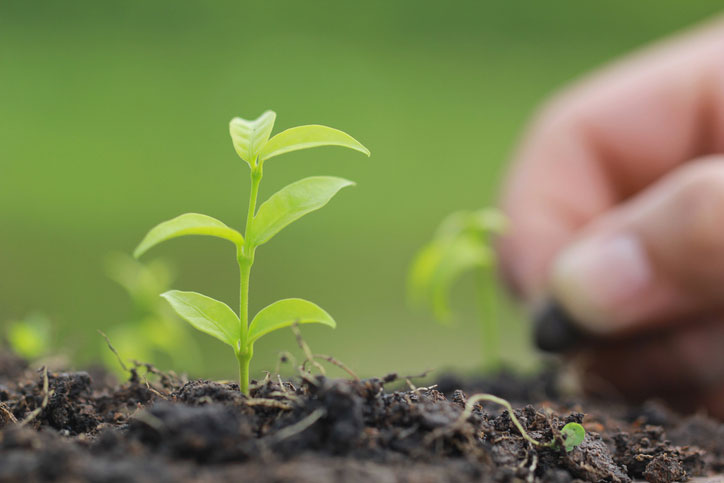 Sensors on tape that attach to plants yield new kinds of data about water use for researchers and farmers.
Sensors on tape that attach to plants yield new kinds of data about water use for researchers and farmers.
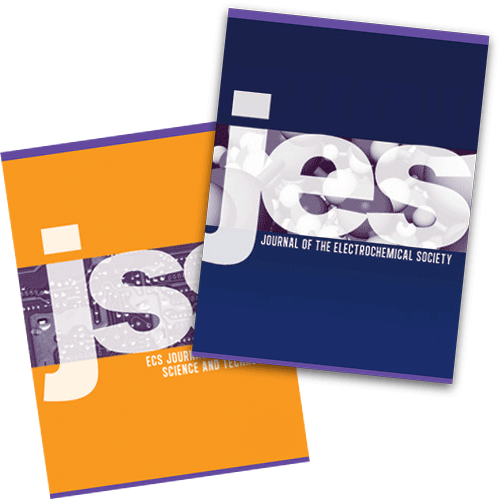 This article was originally published in the winter 2017 issue of
This article was originally published in the winter 2017 issue of  In a
In a 